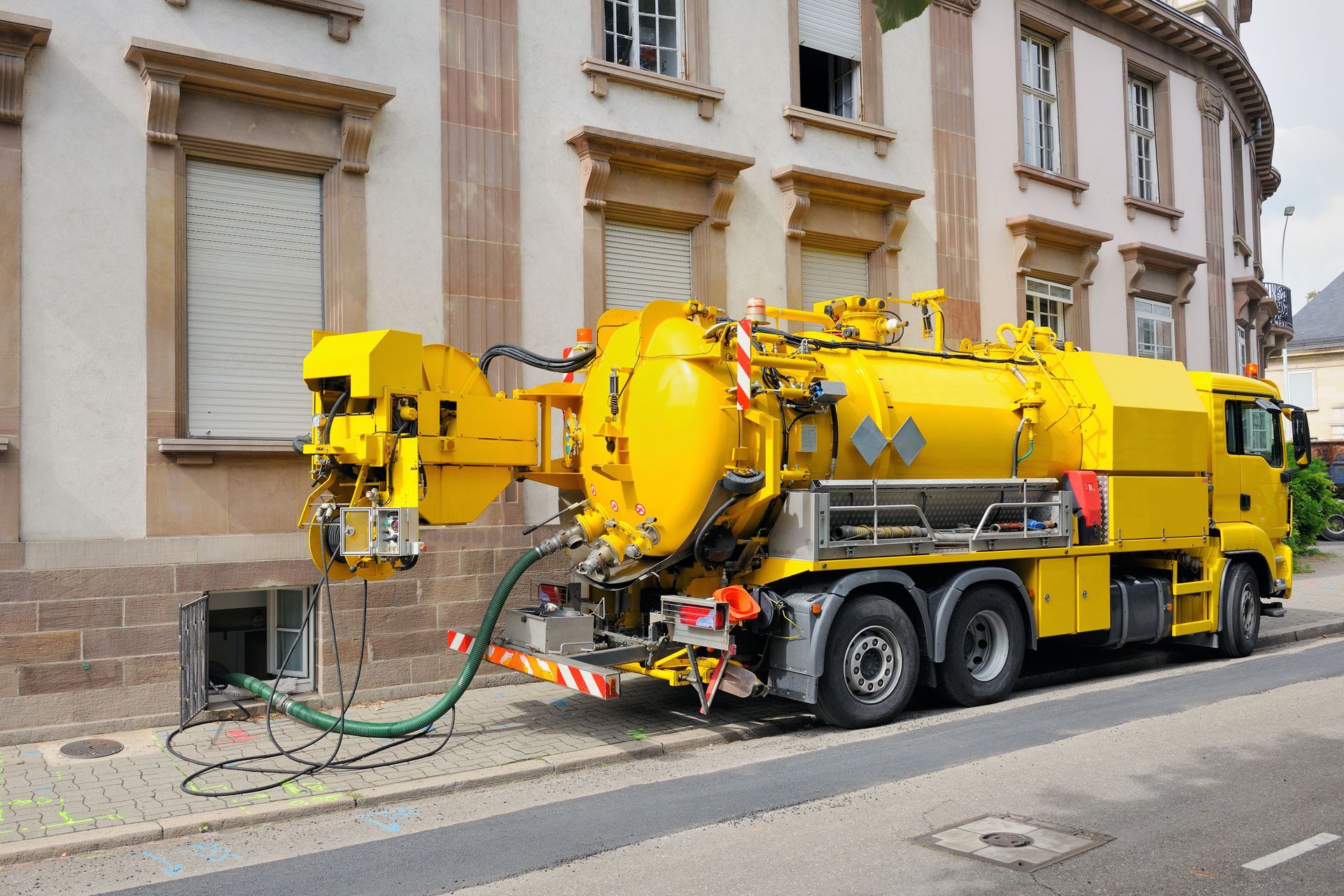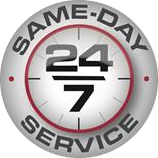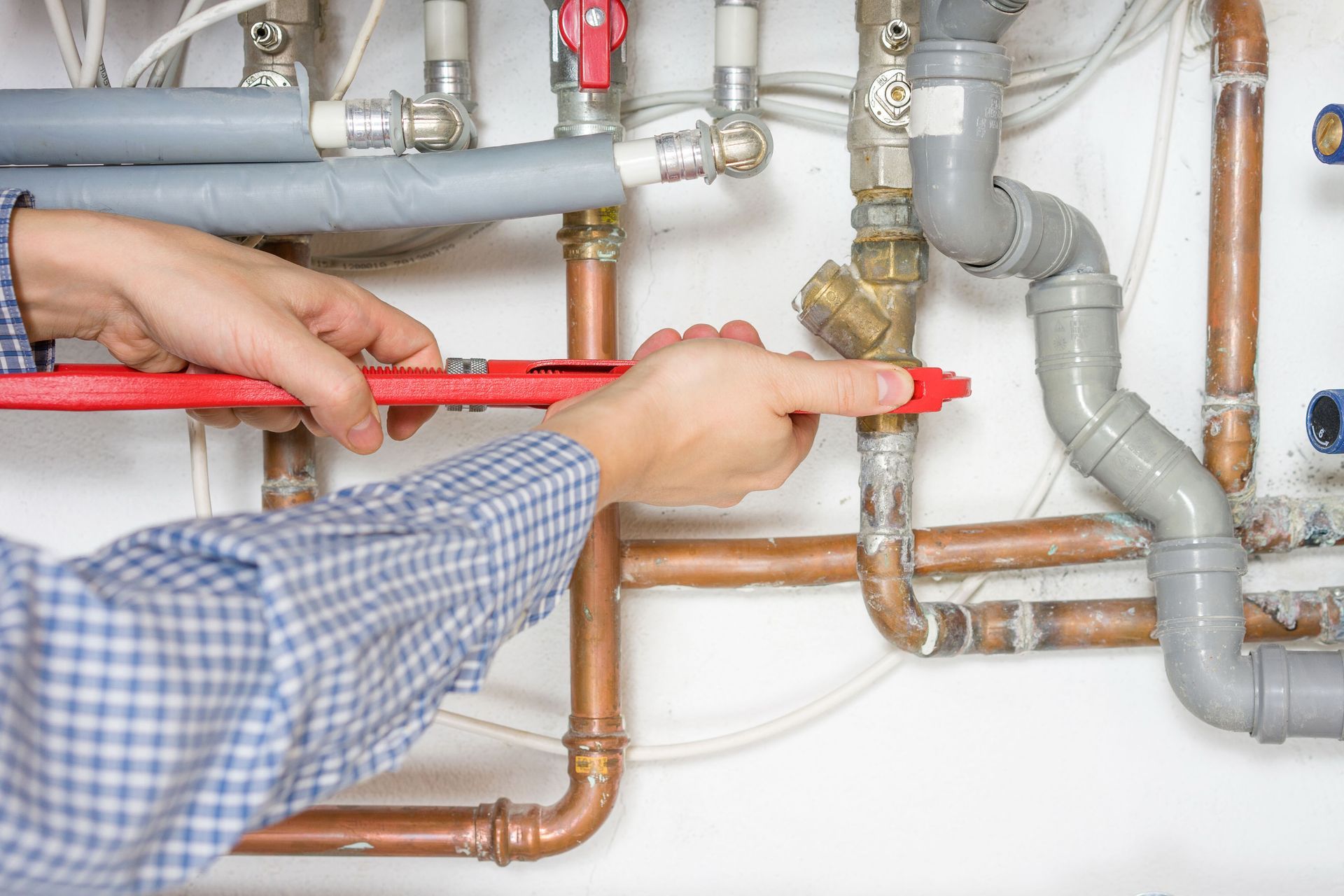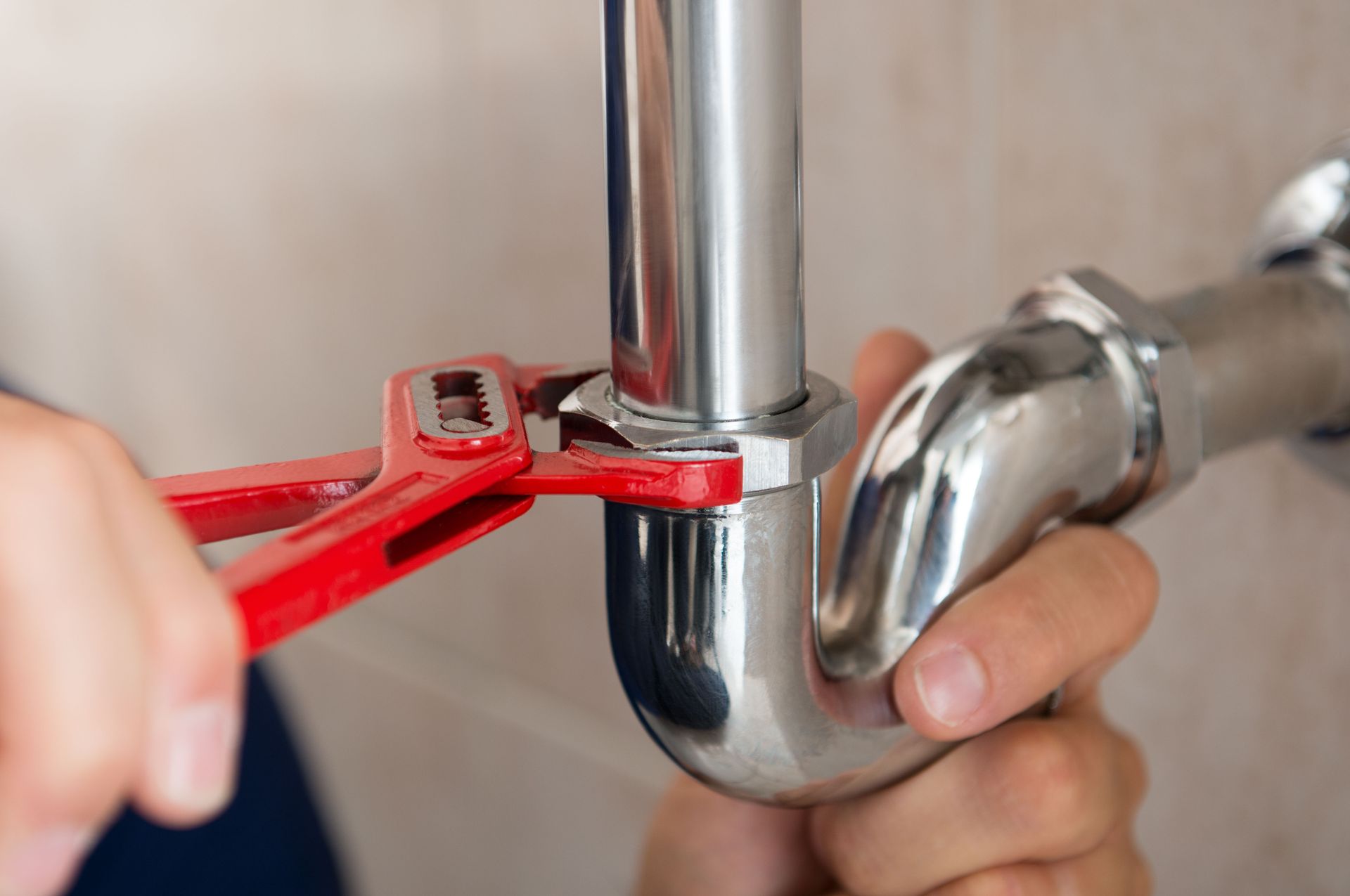What to Do When You Have a Plumbing Emergency
Plumbing emergencies can strike without warning, leaving homeowners in a state of panic and confusion. This article aims to provide a comprehensive guide on how to handle such crises efficiently and effectively, minimizing damage and restoring normalcy. The chaos of water flooding through a home can be daunting, causing not only immediate damage but also potentially long-term issues if not addressed swiftly and correctly. Whether you're dealing with a minor leak or a full-blown flood, knowing the steps to take can alleviate stress and prevent further complications. Having a structured approach and pre-planned emergency response in place makes all the difference in managing these unexpected challenges.
Assess the Situation Quickly
In a plumbing emergency, the first step is to assess the situation promptly. Identify the source of the leak; it might be from a faulty faucet, a burst pipe, or even an overflowing toilet. Fast identification can limit water damage and allow appropriate steps to be taken quickly. Determine the severity of the problem by gauging how much water is escaping and whether it is localized or widespread. This allows for a better understanding of the urgency and helps decide which parts of the outlined response need prioritization.
Checking for immediate safety hazards is crucial; this includes slipping hazards, electrical safety, and structural soundness. For instance, water spreading towards electrical outlets or appliances can pose serious risks. Evaluating potential damage lets you prioritize actions like stopping further leakage or moving valuables. Immediate assessments inform whether you can handle the situation yourself or need professional intervention. Deciding on a course of action relies heavily on these initial observations and is key to efficiently managing the emergency.
Decisive action during these first few moments can drastically affect the outcome. It's important to stay calm, as panicking might lead to overlooking critical details that can worsen the situation. Develop a mental checklist or have a printed one accessible to ensure nothing is missed. Rapid determination of the issue's severity helps in planning subsequent steps, such as whether to contact a professional plumber or not. If the problem seems manageable, ensure you have the fundamental tools and know-how to tackle it effectively.
Shut Off the Water Supply
The next move in handling a plumbing emergency is to shut off the water supply to prevent further damage. Locate the main water shut-off valve promptly; every homeowner should know where this is situated in their house. Turning off this valve halts the flow of water, reducing the impact of leaks or bursts. Sometimes, it's more effective to turn off specific appliances if you can pinpoint the issue to an isolated part of the plumbing network. For instance, shut-offs under sinks or near toilets can be utilized to limit water flow in particular rooms or areas.
Once the water is turned off, confirm that the water has stopped flowing entirely. Go through your house and check that leaks have ceased and there's no residual drippage that could cause damage. Communicate with others in the household about the situation, ensuring everyone is aware of the constraints and any precautions to take around contaminated or wet areas. It might also involve establishing temporary toilet arrangements or plans for water usage until the system is restored. These steps not only prevent further property damage but also ensure household safety during chaos.
In scenarios where major plumbing components fail, turning off the main valve remains the gold standard immediate response. Effectively managing water supply during an emergency mitigates extensive damage and shields possessions from extensive water exposure. Consider also safety protocols when shutting off water — some pipes or valves might be located in precarious positions. Homeowners should become familiar with these systems well before an emergency occurs to enable quick action. A basic understanding helps in reducing overall remedy costs and prevents situations from worsening while waiting for professional assistance.
Address Immediate Risks
Once the water supply is controlled, addressing immediate risks becomes crucial to minimize damage. Mop up any excess standing water promptly to avoid damage to floors, furniture, and electrical systems that might be affected. Moving electronics and valuables to higher ground or safer areas prevents water from harming them irreparably. It's best to be proactive by regularly identifying at-risk areas beforehand so that in the event of a disaster, strategic action can be swift and efficient. Open windows or use fans to ventilate affected areas, aiming to prevent mold and mildew from taking root.
Using buckets or containers to collect ongoing leakage helps limit water spread and protect flooring and belongings. These temporary measures buy time and offer a cushion against exacerbating circumstances. Seal off affected rooms if necessary to control the situation more effectively; doing so helps the circulation of fresh air in other areas and restricts potential mold-breeding conditions. It's about discerning manageable problems from severe ones — taking care of minor leaks yourself while awaiting a plumber can save costs and headaches. Keep in mind, however, overstepping your knowledge could do more harm; know when it's time to defer to professionals.
Taking these immediate steps aids in controlling the fallout of a plumbing emergency, cementing temporary stability and ultimately reducing overall repair costs. According to Today's Homeowners, emergency plumbing services typically cost between $150 and $500 per visit, while major repairs like burst pipes or main line clogs can range from $500 to $2,000. Such expenses highlight the importance of any measures taken towards preserving the home and reducing chaos. In urgent situations, effective triage and handling ensure the issue doesn't overwhelm resources or disable household function entirely. The key lies in applying commonsense solutions and gaining a comprehensive understanding of risk management.
Contact a Professional Plumber
After initial damage control, contact a professional plumber to rectify and resolve underlying issues. Gather detailed information about the problem; detailing symptoms like noises, water color, or specific fixture behaviors can aid diagnosis. A thorough explanation not only allows the plumber to prepare but also potentially expedites service by directing focus towards known issues. Find a licensed and reputable plumber, ensuring you confer with someone trusted and qualified to undertake the work responsibly. Verify credentials and insurance coverage to safeguard against liability and assure quality engagements with the professional.
Discuss the issue clearly and thoroughly over the phone before dispatching the plumber. This communication enables them to bring appropriate tools and parts, facilitating timely repairs. Request an estimated arrival time, subscribing to transparency regarding the schedule amidst the urgency. Timeframes provide assurance and can be used to coordinate access, order parts, or rearrange household activities if needed. Make a record of these conversations to clarify the situation later, particularly in instances involving estimates — such precautions safeguard against future miscommunications.
A plumbing emergency can be a daunting experience, but with the right knowledge and preparation, it is manageable. Following a structured approach not only helps in mitigating immediate damage but also in setting the foundation for a future free from such emergencies. By adhering to practical steps and engaging both immediate and long-term solutions, homeowners build resilience against unexpected plumbing challenges. Learning from each incident bolsters readiness and sharpens skills, fostering logical and calm responses when faced with new crises. Ultimately, responsibility, informed decision-making, and preparedness form the triad of efficient home management, safeguarding sanctuaries from cascading disruptions. If you need local plumbers, make sure to get in touch with Monona Plumbing & Fire Protection today!







Share On: